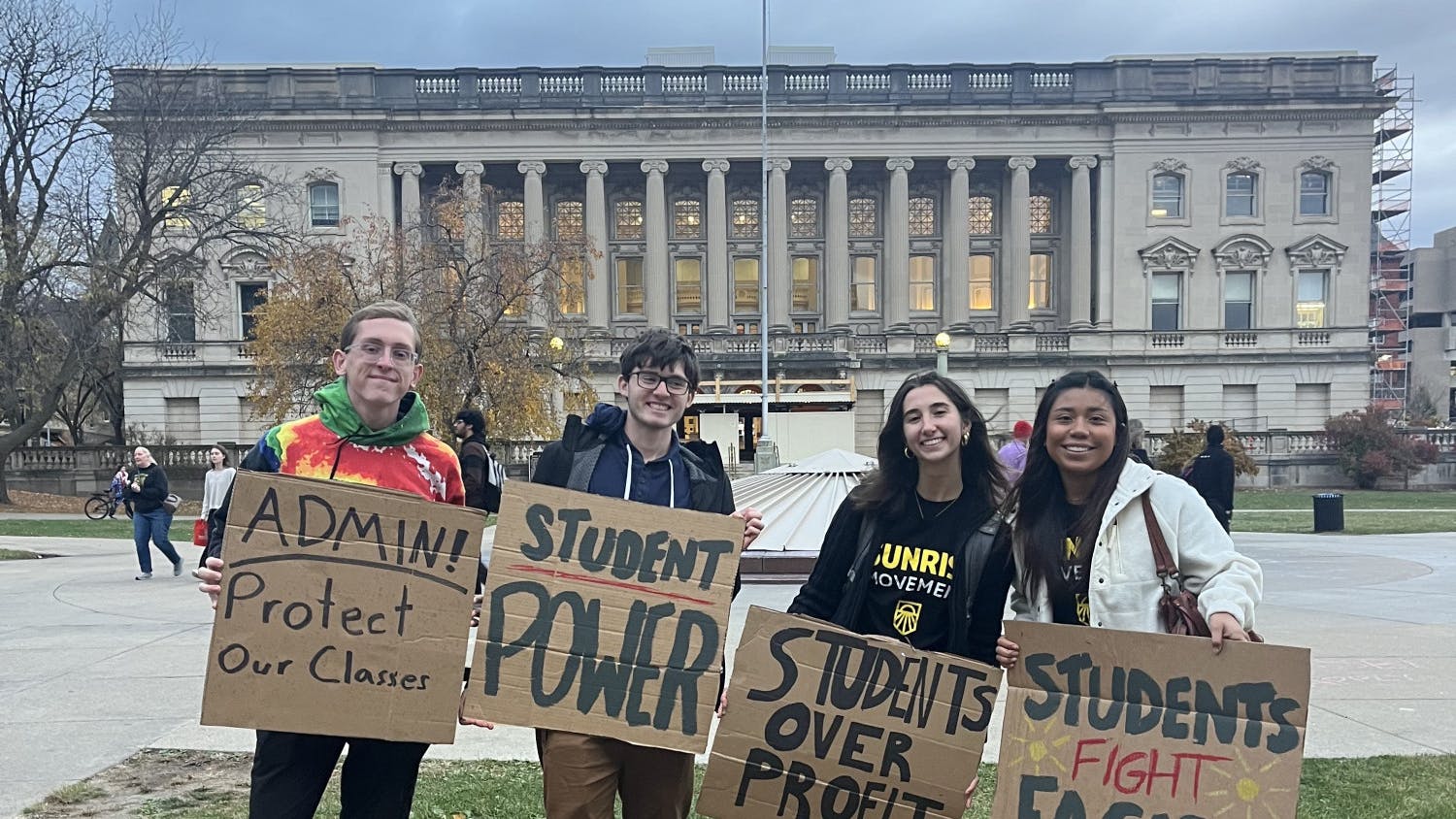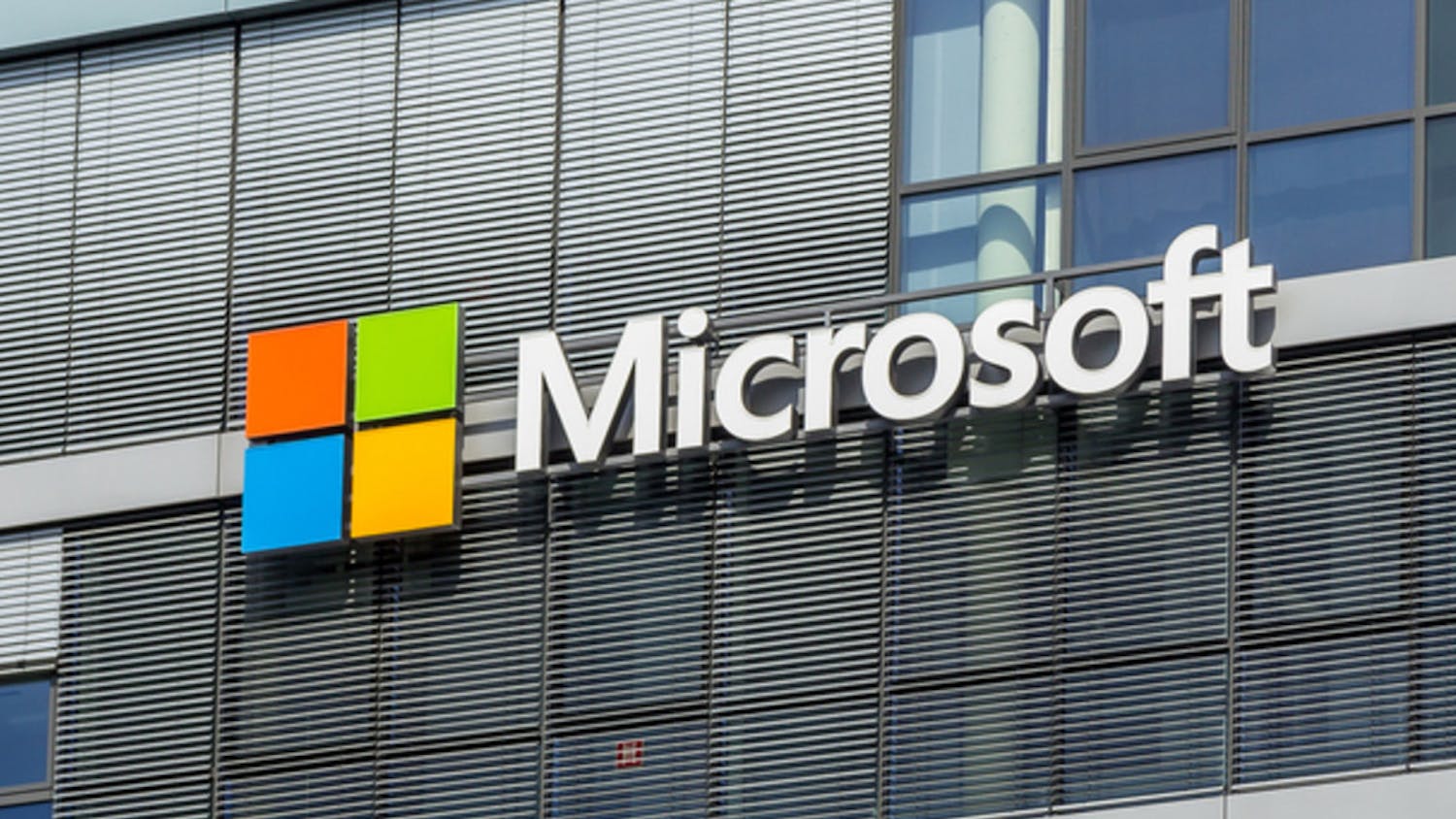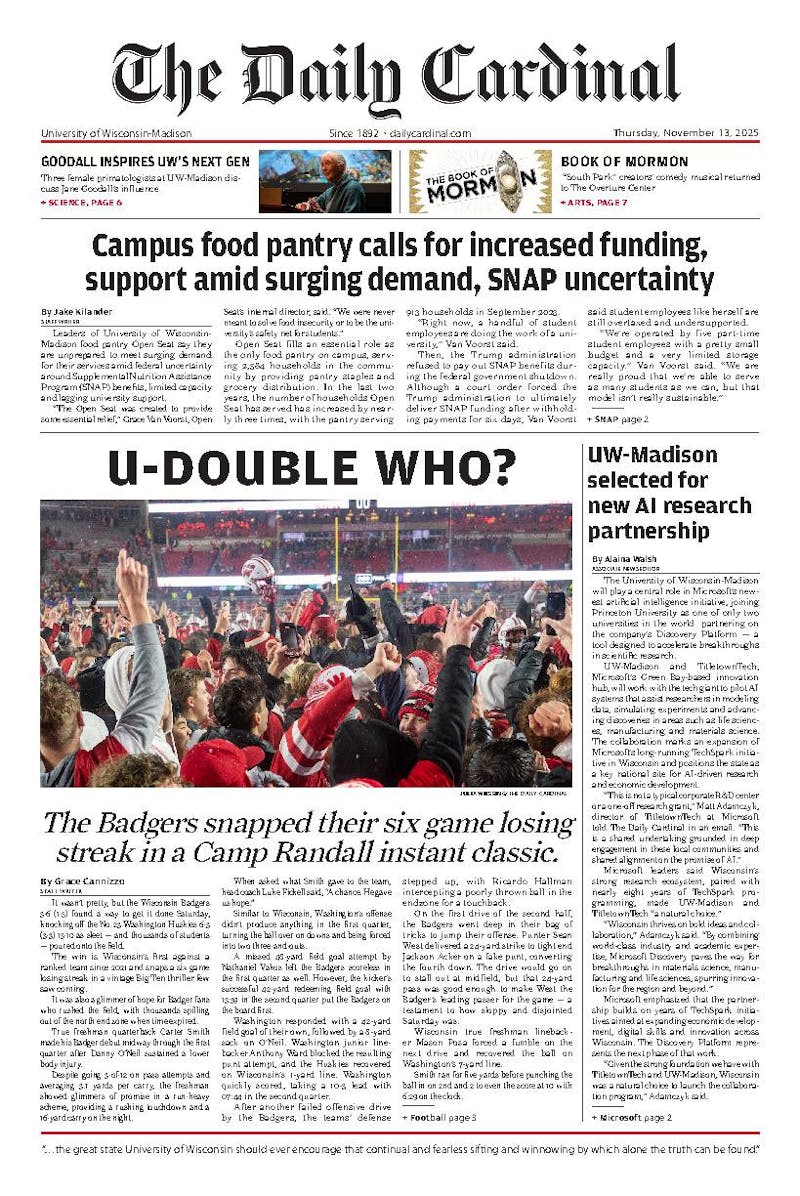UW-Madison offers one of the best values in U.S. public higher education, according to Kiplinger's Personal Finance magazine, but some educators question the of the ranking.
In its January issue, Kiplinger's released its biennial survey of over 500 U.S. public colleges and universities. In the survey, UW-Madison ranked No.15 in educational value for in-state residents and No.36 in value for out-of-state residents.
UW-Madison's in-state ranking dropped from No.13 in 2003.Coincidentaly, in the last three years, undergraduate tuition at UW-Madison has increased at an annual rate of 13.5 percent.
In calculating educational value, Kiplinger's considers college costs, financial aid and measures of academic quality'SAT or ACT scores, admission rates, and faculty-student ratios. Kiplinger's gives more weight to academic than financial factors.
The University of North Carolina at Chapel Hill topped Kiplinger's in-state value ranking. UNC meets 100 percent of each student's financial need and total costs are about $12,000 per year. By contrast, total in-state costs at UW-Madison come to $13,580 per year.
Tom Reason, Associate Director of Admissions sees UW-Madison's ranking as a 'pretty positive statement' about the university. He said, however, that rankings are 'not hugely important' in recruiting prospective students, although they may help to illustrate what makes UW-Madison a 'pretty profound, interesting and special place.' According to Reason, 'There's more to choosing a college and going off to college than a rating or ranking.'
Rick Rosen, counselor in the guidance department at Madison West High School, said he would 'recommend against' students or parents using rankings such as Kiplinger's when selecting a college. He said that such rankings are 'mostly a P.R. gimmick' for schools and for the magazines that produce them.
According to UW-Madison Interim Provost Virginia Sapiro, 'There is certainly value in looking at college costs in the context of academic quality, since it gives a clear picture of what students are getting for their money.'
With financial support for education decreasing, however, Sapiro emphasized that the university needs to continue to strike a
balance between staying affordable and protecting quality.
Charles Lenth, Senior Associate of the State Higher Education Executive Officers Association'a group comprising leaders in public higher education'said that ratings such as Kiplinger's are 'somewhat misleading.' According to Lenth, 'An institution that retains very low tuition rates and lives on a reputation from the past will, for a number of years, look very good in a scheme like that when, in fact, it's starving its quality programs.'
Lenth also questioned the objectives served by ranking systems: If an institution becomes more selective in admissions, said Lenth, it presumably increases value for its students, but it may not serve the best interest of the constituency the institution is supposed to be serving.
'There's no question that we have more data and more transparency than we used to have,' said Lenth. 'But the question is: Is serving those consumer needs the only set of things that the public as well as institutional leaders should ultimately really pay attention to? I would say no.'





